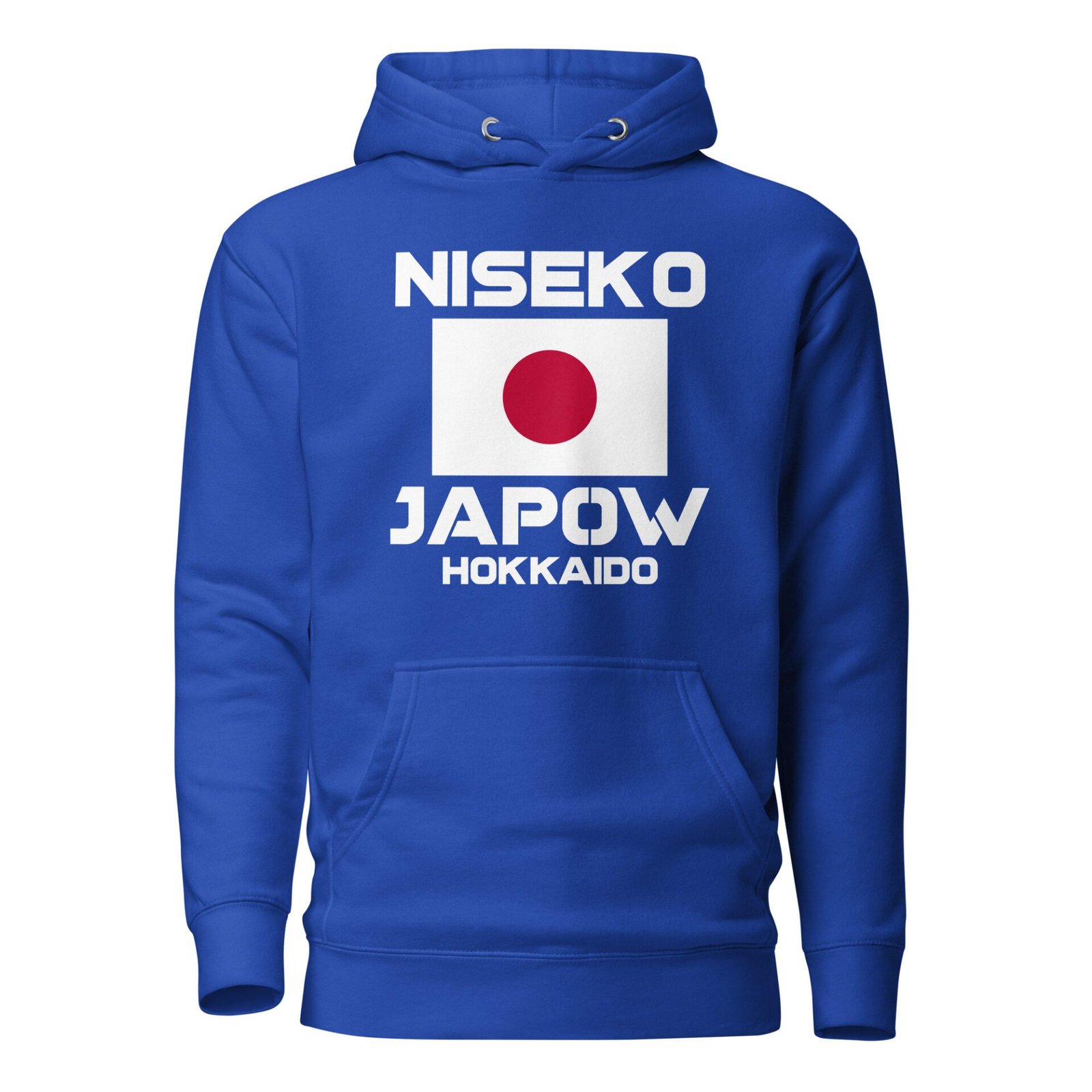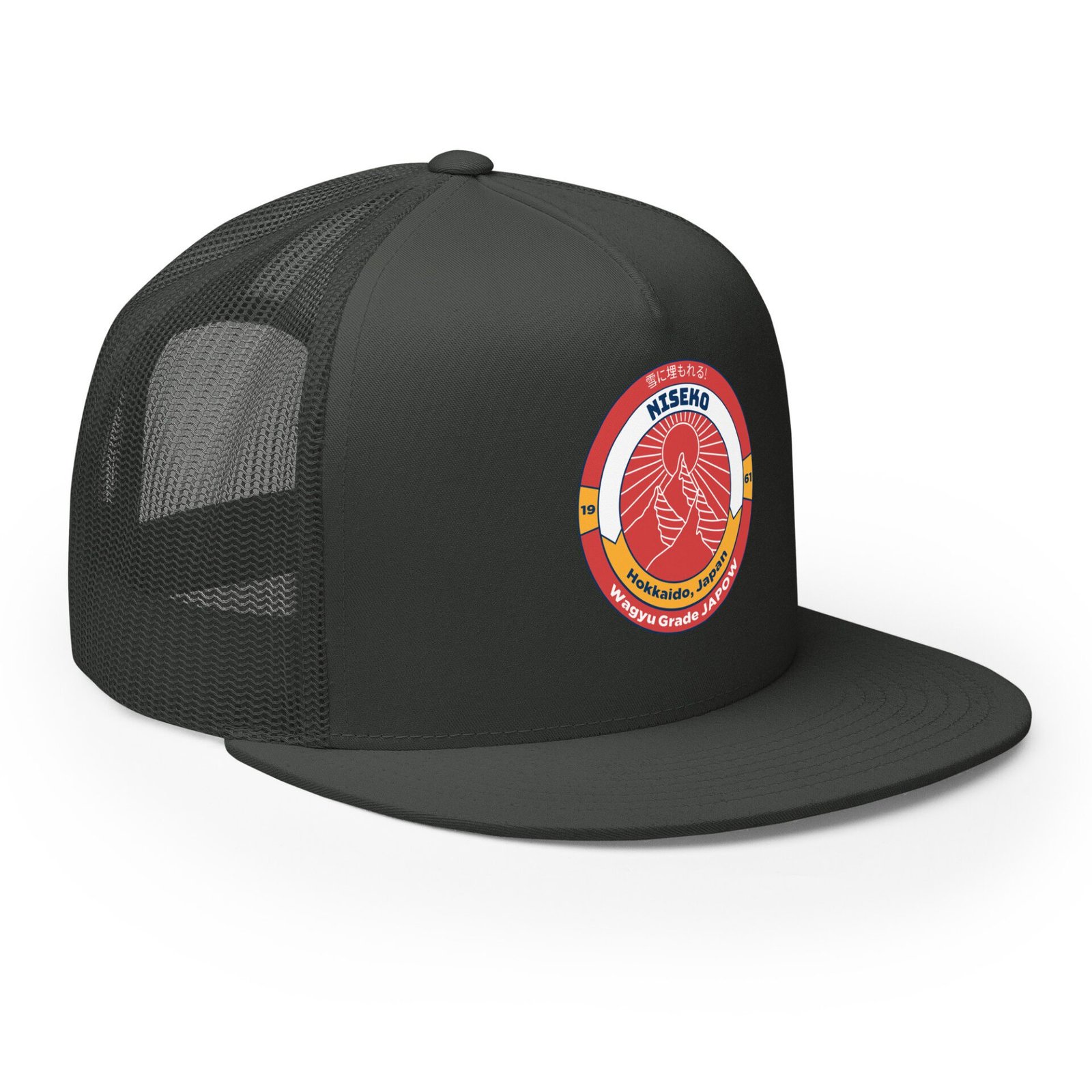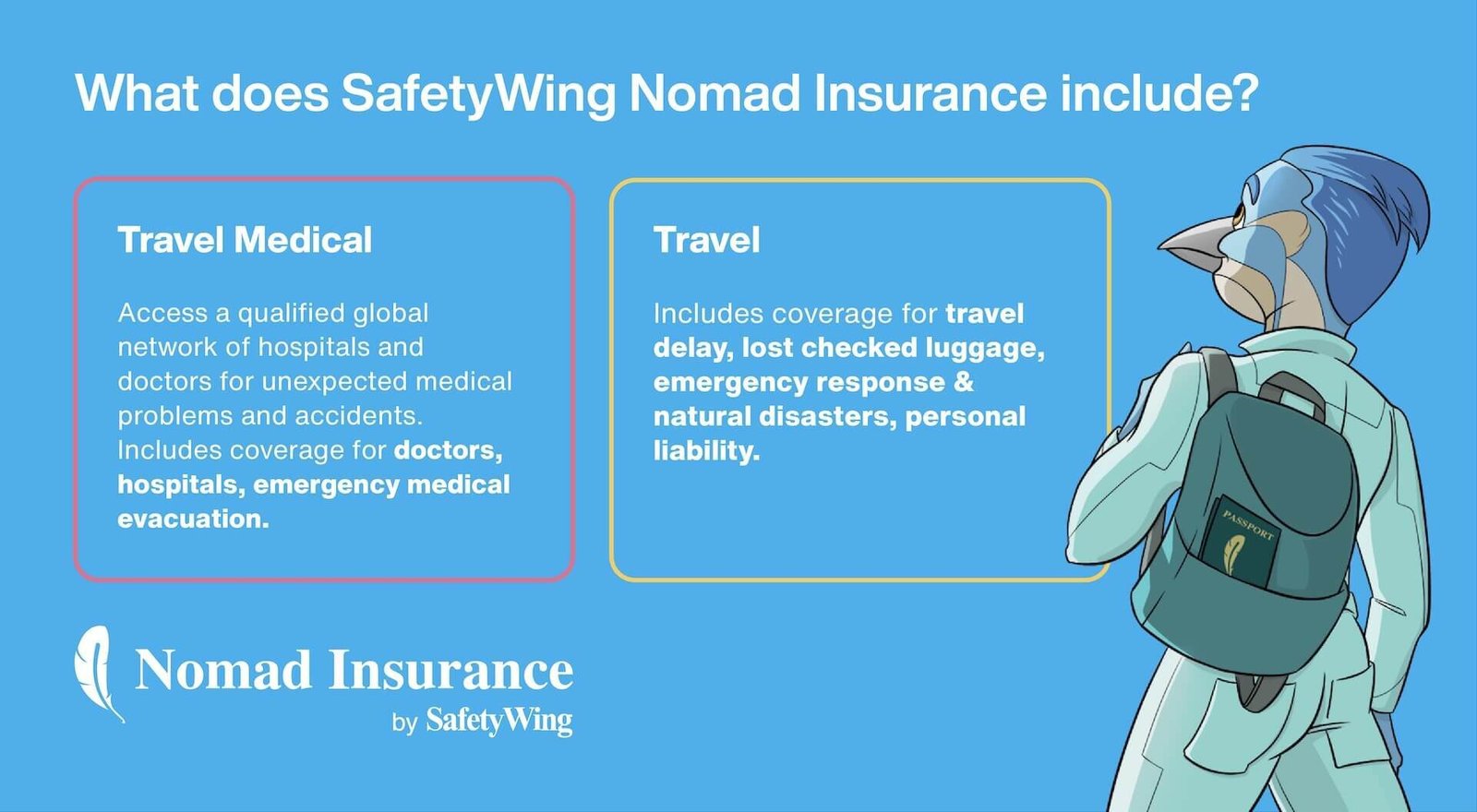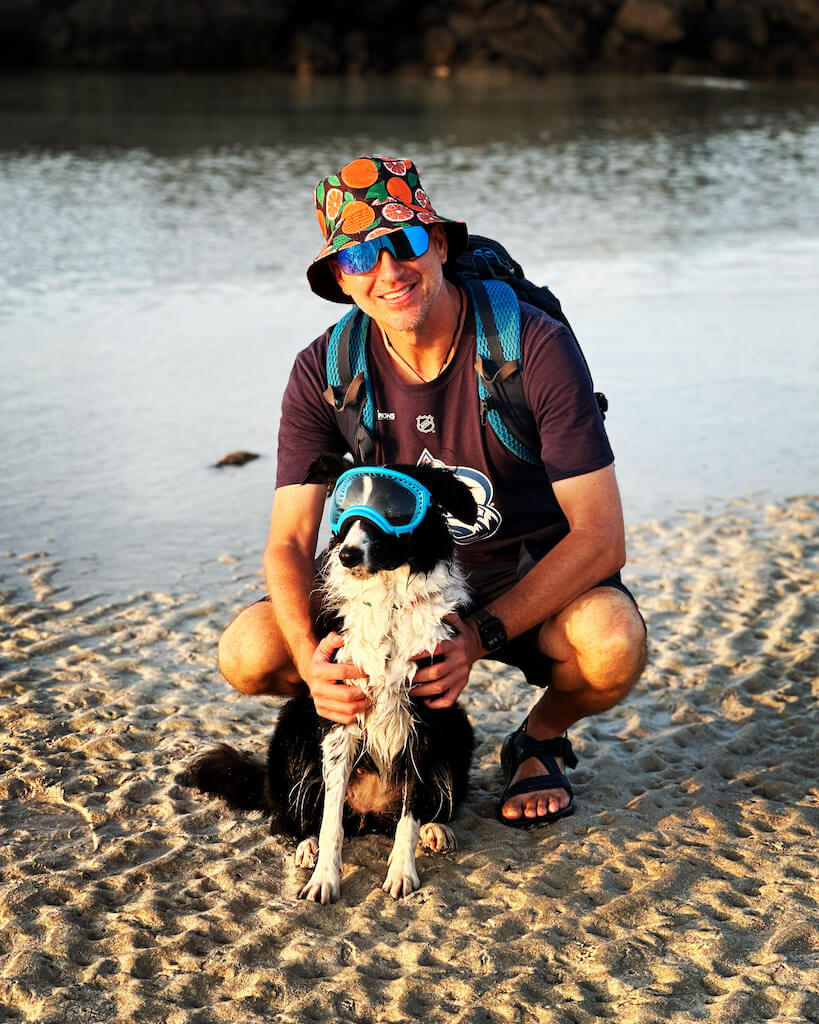Planning a ski trip to Hokkaido in 2025? This guide covers everything you need to build the perfect 5–7 day Hokkaido ski itinerary — from transportation and lodging tips to lift passes, gear rentals, and how to ski both Niseko and Rusutsu in one trip.
🏔️ How to Plan Your Perfect Hokkaido Japow Adventure
This past winter marked my third ski trip to Japan, and just like the others, the Japow delivered. Hokkaido’s reputation for deep, consistent powder is well-earned. Even with bigger crowds and a few new logistical quirks, it’s still one of my favorite places to ski.
My first Hokkaido trip was back in 2014. I went solo, took the train from Sapporo, stayed in a backpacker-style hostel, and basically winged the whole thing on a shoestring. At the time, I was one of the few Americans on the slopes — something that’s definitely no longer the case.
Quick heads up: This post may contain affiliate links to gear, hotels, flights, or experiences I’ve used — or genuinely recommend. If you book through one, I may earn a commission at no extra cost to you. Full disclosure here.
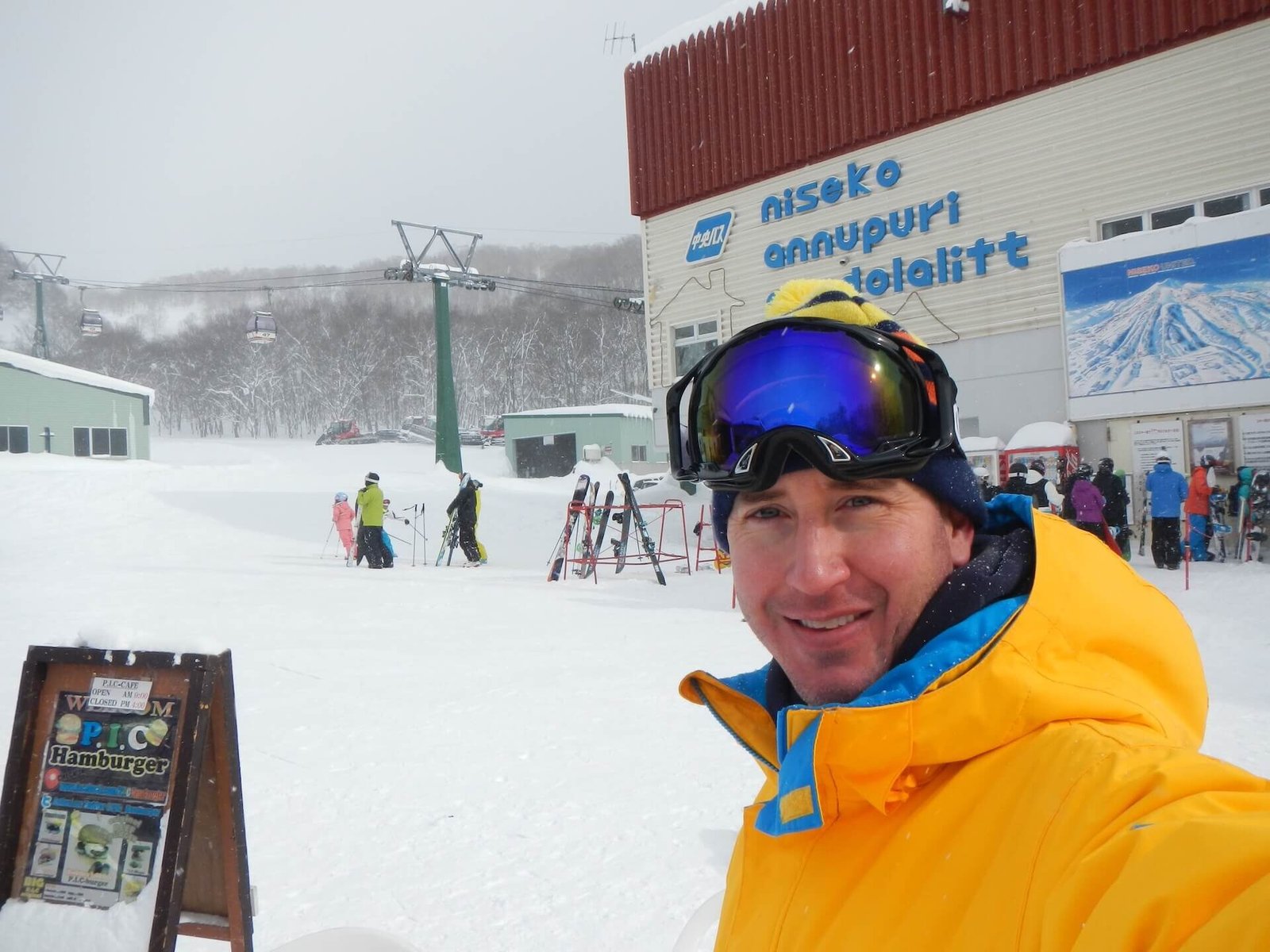
Fast forward to 2025, and things looked a little different. My brother and one of his friends from Denver flew out to meet me in Japan. It was the first time we’d skied together since I moved from my hometown of Vail, Colorado to South Korea in 2007 to teach English.
This time around, we rented a car, stayed in a cozy and convenient AirBnB, and split our time between Niseko and Rusutsu. With a bit more planning (and a bit more disposable income), we chased powder with way more flexibility than I had on that first trip.
Japow definitely isn’t a “secret” anymore among the international powder-chasing crowd — and that’s brought both benefits and drawbacks — but the snow gods still came through in 2025, just like they did for me in 2014 and 2009 (in Hakuba Valley).

This guide is for skiers and snowboarders planning 5 to 7 days in Hokkaido — whether it’s your first time or you’re coming back for more.
I’ll walk you through:
- Sample 5-day and 7-day itineraries that balance ski time and logistics
- How to combine Niseko and Rusutsu efficiently (or just focus on one)
- Transport options, including why I recommend renting a car
- Gear rentals, lift passes, and where to stay
- Lodging and gear tips based on personal experience
- A free trip-planning service if you want help building your custom itinerary
I’m writing this from the perspective of an experienced skier and outdoor-focused traveler. Whether you’re chasing sidecountry lines or sticking to groomers, there’s something here for you.
Still deciding between Niseko and Rusutsu?
I put together a full comparison based on my 2025 trip — covering snow quality, terrain, crowds, and overall vibe.
👉 Read the Niseko vs Rusutsu breakdown here.
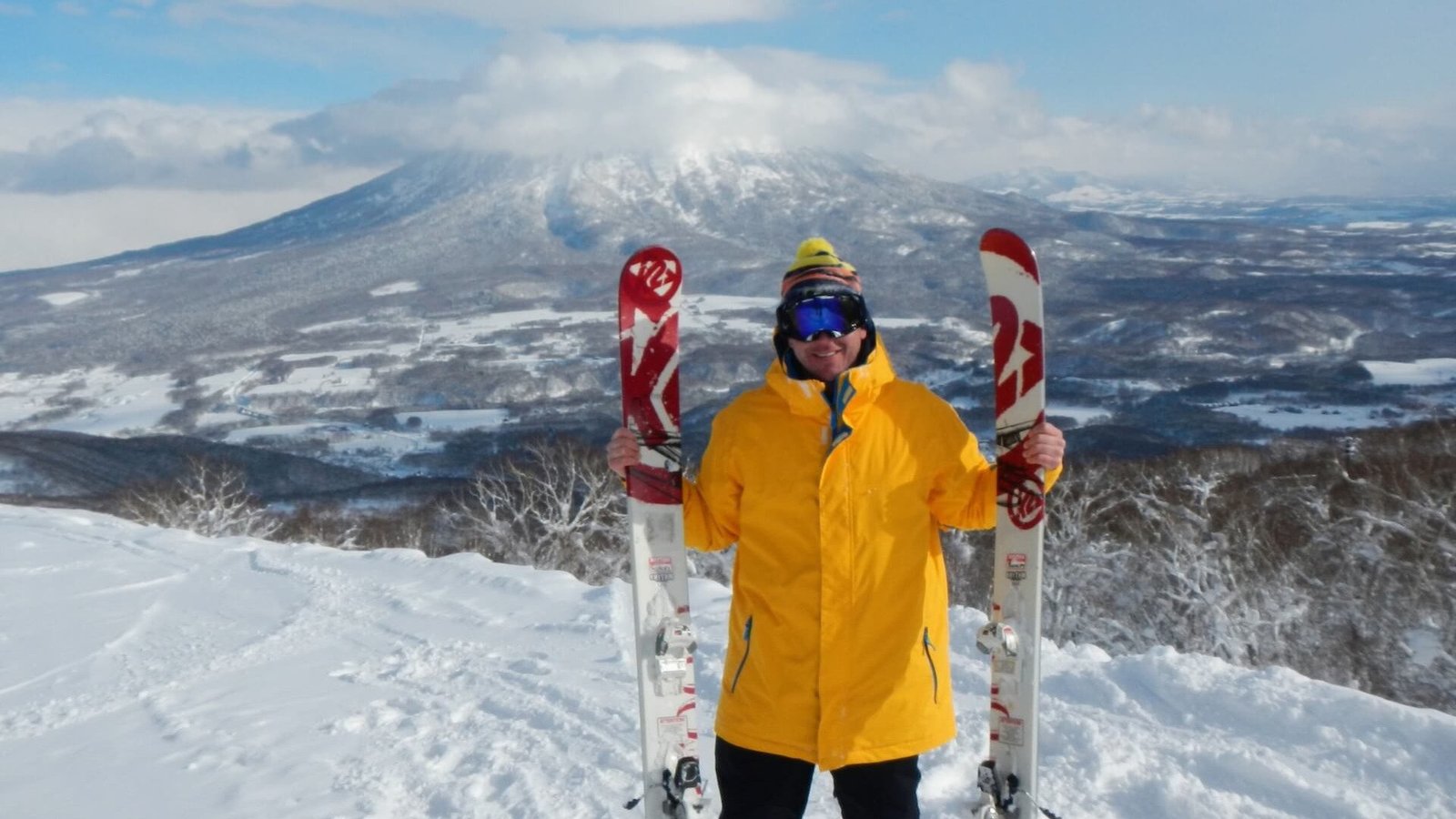
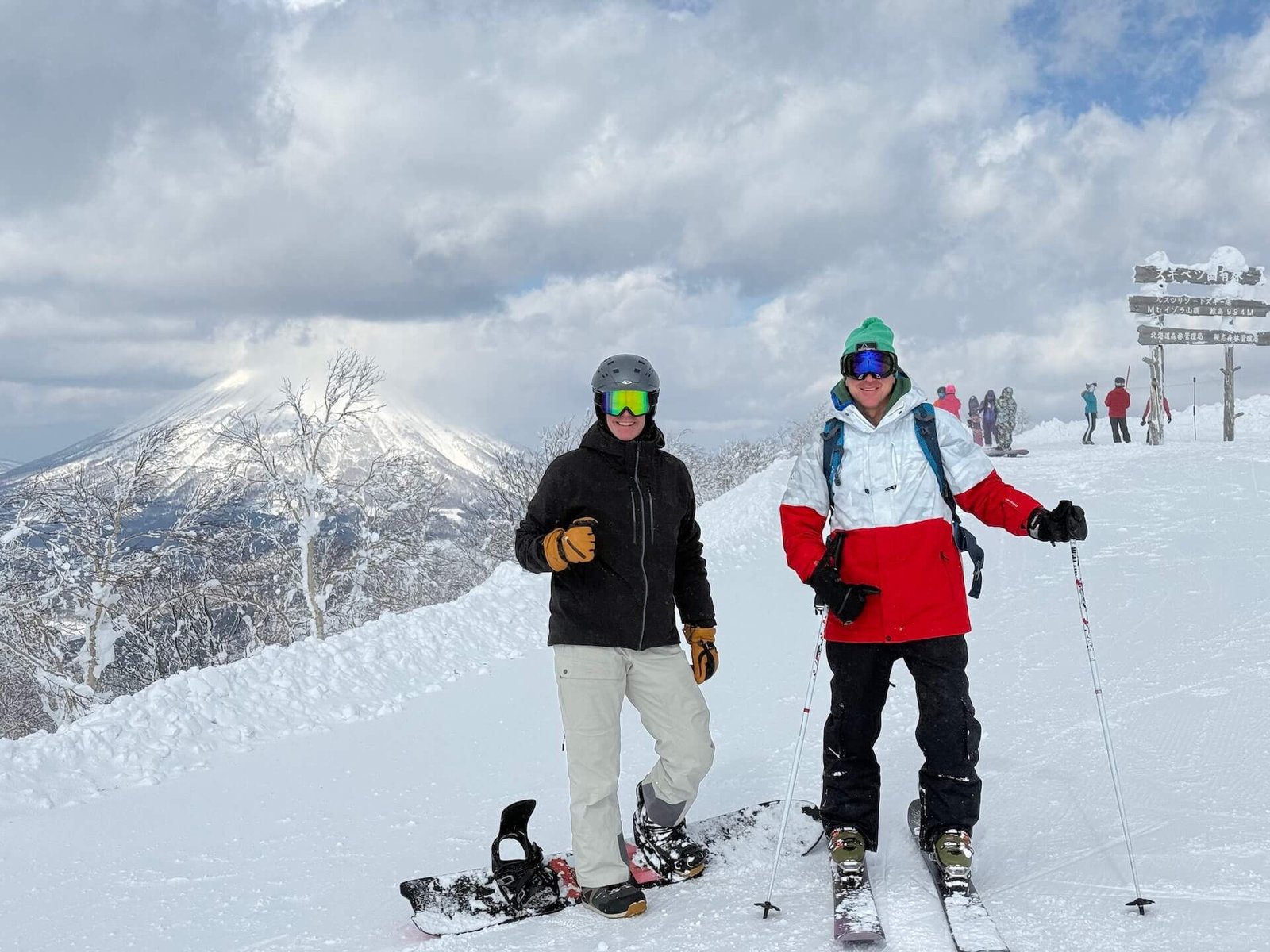
✈️ Getting to Hokkaido: Flights, Rental Cars, and Other Options
If you’re flying in from overseas, your best bet is to route through Tokyo or Osaka and connect to New Chitose Airport (CTS) — the main airport serving Hokkaido. Most major domestic carriers have multiple daily flights, and international connections have improved a lot in the last few years.

For our February 2025 trip, we all flew into CTS from different parts of the world — I came in from South Korea, where I live and work as an English teacher, and my brother and his friend flew over from Denver. Since we were all arriving later in the afternoon and didn’t want to drive at night or detour into Sapporo (which is about an hour away), we made things easy by booking one night at the Airport Terminal Hotel, right inside the terminal.
After their 20+ hours of travel, it was a comfortable and convenient spot to regroup, rest up, and hit the road early the next morning. If your group is arriving on separate flights or you’re feeling jet-lagged, it’s a solid option.
✈️ Looking for flights to New Chitose (CTS)? Use the tool below to compare prices on routes through Tokyo, Osaka, or direct international options.
🚗 Renting a Car in Hokkaido
On this trip, we rented a car straight from New Chitose Airport, and I’d recommend it to anyone planning to ski both Niseko and Rusutsu, or just looking for more flexibility.
Driving in Hokkaido is very doable, even in winter. The roads are well maintained, traffic is light outside the cities, and rental cars come standard with snow tires. That said, there’s still a bit of a learning curve if you’re not used to driving on the left.
There was definitely an adjustment period where my passenger kept thinking I was too close to the edge of the road, especially with all the snow piled along the shoulders, while I felt like we were fine. Narrow, snow-covered roads can play tricks on your depth perception, so just take it slow and stay centered.
You’ll also need an International Driving Permit (IDP) to rent or drive in Japan. I got mine easily at the local driver’s license office in Korea. In the U.S., you can get one through your local AAA office, which I reminded my brother to do. He ignored that advice, and as a result, I was the designated driver for the entire trip—despite frequent critiques of my driving from the passenger seat.
I also recommend paying a little extra for a 4WD or AWD SUV that’s big enough to handle your ski or snowboard gear. We saw quite a few smaller rental cars struggling without snow tires — I was glad not to be one of them.
I booked our SUV through EconomyBookings and had zero issues with the process — they had a better selection of AWD vehicles at the time, and everything went smoothly from pickup to return. We ended up with a Nissan X-Trail, which had plenty of room for our gear and handled great on snowy mountain roads. I’d definitely use them again.
If you’re comparing rental platforms, DiscoverCars is another good option to check for AWD availability and competitive rates. Feel free to browse both and book wherever you find the right setup for your trip.
🎥 Packing Up the Rental Car for Rusutsu
Here’s a quick clip from our last ski day. We’re loading up the rental X-Trail at our Niseko AirBnB before heading to Rusutsu for one final Japow day.
🚘 Winter Driving in Hokkaido: Pro Tips
- Book an AWD or 4WD vehicle with room for ski gear
- Carry a snow brush and ice scraper — your car may be buried in the morning
- Use Google Maps — more reliable than most in-car systems
- Expect narrow, snow-covered roads and minimal shoulders
- Fill up when you can — gas stations can be sparse in rural areas
- Filling up is less intimidating than it seems — many stations have an English-language option at the pump, and card payment is straightforward. Rental companies will ask you to return the car with a full tank, and they usually give you a map or list of nearby stations to make that easy.
- Ask about an ETC card at pickup if you’re driving into cities like Sapporo or exploring outside ski zones — some toll roads require it
- Don’t forget your International Driving Permit (IDP) — it’s required to legally drive or rent a car in Japan
🚆 Alternative: Train + Shuttle
If driving’s not your thing, public transportation in Hokkaido is clean, efficient, and gets the job done — especially if you’re planning to stay in one resort area like Niseko.
From New Chitose Airport (CTS), you can either:
- Take a train to Kutchan Station (for Niseko), then catch a short taxi or local shuttle to your lodging
- Or book a direct ski shuttle bus to your resort — options run between CTS, Niseko, Rusutsu, and Sapporo
This approach works best if you’re staying put for a few days. Without a car, you’ll be more locked into your base area and have less flexibility to chase snow or avoid crowds — but for a more relaxed trip, it’s totally doable.
Looking to explore all your transportation options in one place — including trains, ski shuttles, and even rental cars?
👉 Browse Klook’s Hokkaido transport listings here
If you’re adding on time in Sapporo, Otaru, or other regions, you may also want to look into the JR Hokkaido Rail Pass, available through the same page.
🏨 Where to Stay in Niseko & Rusutsu
Whether you’re traveling on a budget or planning a splurge-worthy ski week, both Niseko and Rusutsu offer solid accommodation options across a range of price points. On my most recent trip, we booked an Airbnb just outside of central Niseko, which gave us extra space and privacy. In contrast, back in 2014, I stayed in more backpacker-style digs — a very different vibe but still a great experience.
This English teaching travel blogger hasn’t personally stayed at the Park Hyatt or Ritz-Carlton, but I think it’s safe to assume they live up to their brand standards.
If you’re looking for a place of your own, VRBO has some solid options similar to what we booked. Just make sure to check the location if you want to be within walking distance of the lifts or restaurants.
Here are a few standout picks by area and category:
🏔️ Niseko
Luxury Picks
If you’re looking for high-end amenities, ski-in/ski-out access, and modern design, Niseko delivers. These properties are ideal if you’re celebrating something, traveling with a group, or just want to go big in Japow.
- Park Hyatt Hanazono – Ultra-premium resort with ski valet, fine dining, and spacious rooms right at the Hanazono base.
- Higashiyama Niseko Village (Ritz-Carlton Reserve) – Stunning architecture, understated luxury, and a serene setting away from the crowds.
- The Vale Niseko – Modern design, heated pool, great location near Hirafu’s lifts and restaurants.
Mid-Range Favorites
Not looking to blow the budget, but still want comfort and convenience? These are solid choices with good value.
- Always Niseko – Well-rated boutique hotel with a hip vibe and shuttle service to the slopes.
- The Green Leaf Niseko Village – Ski-in/ski-out access with onsen facilities and a cozy resort feel.
Budget Options
If you’re on a tighter budget or just want something simple, there are good hostels and lodge-style properties in Niseko too.
- My Ecolodge – Modern, clean, and social — a great hostel-style option for skiers and boarders.
- Niseko Listings on Hostelworld – Browse hostels and shared accommodations across the Niseko area.
Vacation Rentals
If you’re traveling with a group or just want more space, there are plenty of full-home options via VRBO — from basic to bougie. This can also be a great workaround if hotels are booked during peak season.
🎿 Rusutsu
Top Hotel Pick
Rusutsu is smaller than Niseko, but still offers some quality lodging options.
- The Westin Rusutsu Resort – This is the clear top choice in town. Ski-in/ski-out, spacious rooms, great food, and solid service. You’ll pay for the convenience, but for a hassle-free experience it’s hard to beat.
- The Vale Rusutsu – Sleek, ski-in/ski-out apartments with modern design and top-tier amenities. This boutique-style option consistently earns some of the highest ratings in the area and offers a quieter, more intimate alternative to larger resorts.
Alt: Vacation Rentals
Rusutsu also has cabin-style VRBO options that are great for families or anyone planning a longer stay.
🎒 Tip: Many hotels offer free shuttle service to the slopes, but not all vacation rentals do. Some properties aren’t located in town, so be sure to check the location carefully before booking. Many Airbnbs and VRBOs (like ours) may require a rental car for access.
🔍 Still shopping around? You can browse all Niseko and Rusutsu lodging options on Booking.com to compare prices, reviews, and availability.
✈️ Flying in and out of CTS? We stayed at the Air Terminal Hotel on arrival and Susukino Granbell Hotel in downtown Sapporo before flying home. Both were clean, convenient, and well-located (see itinerary).
🎿 Gear Rentals + Lift Passes
If you’re not bringing your own gear to Japan, don’t worry — there are solid options for renting high-quality skis and boards, especially in Niseko. I’ve used Rhythm Japan on two separate trips and wouldn’t hesitate to recommend them.
On my 2014 visit, I rented a pair of K2 Pontoons (my powder skis of choice back in Colorado) and had such a smooth experience that I went back to Rhythm again in 2025. This time, I pre-booked online through Rhythm Japan’s official site and picked up my gear at their Hirafu flagship location, just a short walk from the lifts.
If you’d like to support this blog, you can make the same booking via Klook at no extra cost — you’ll still get access to Rhythm’s top-tier rental gear, and it helps me keep the content going.
They set me up with K2 Reckoner powder skis, and the whole process was seamless: high-quality boots and poles, friendly techs, and the option to swap skis if I wanted to (which I didn’t). I also kept the gear an extra day, which was no problem. While I went with their premium powder setup, Rhythm has rental options for all levels of skiers and snowboarders. It’s the go-to shop in Niseko for a reason.
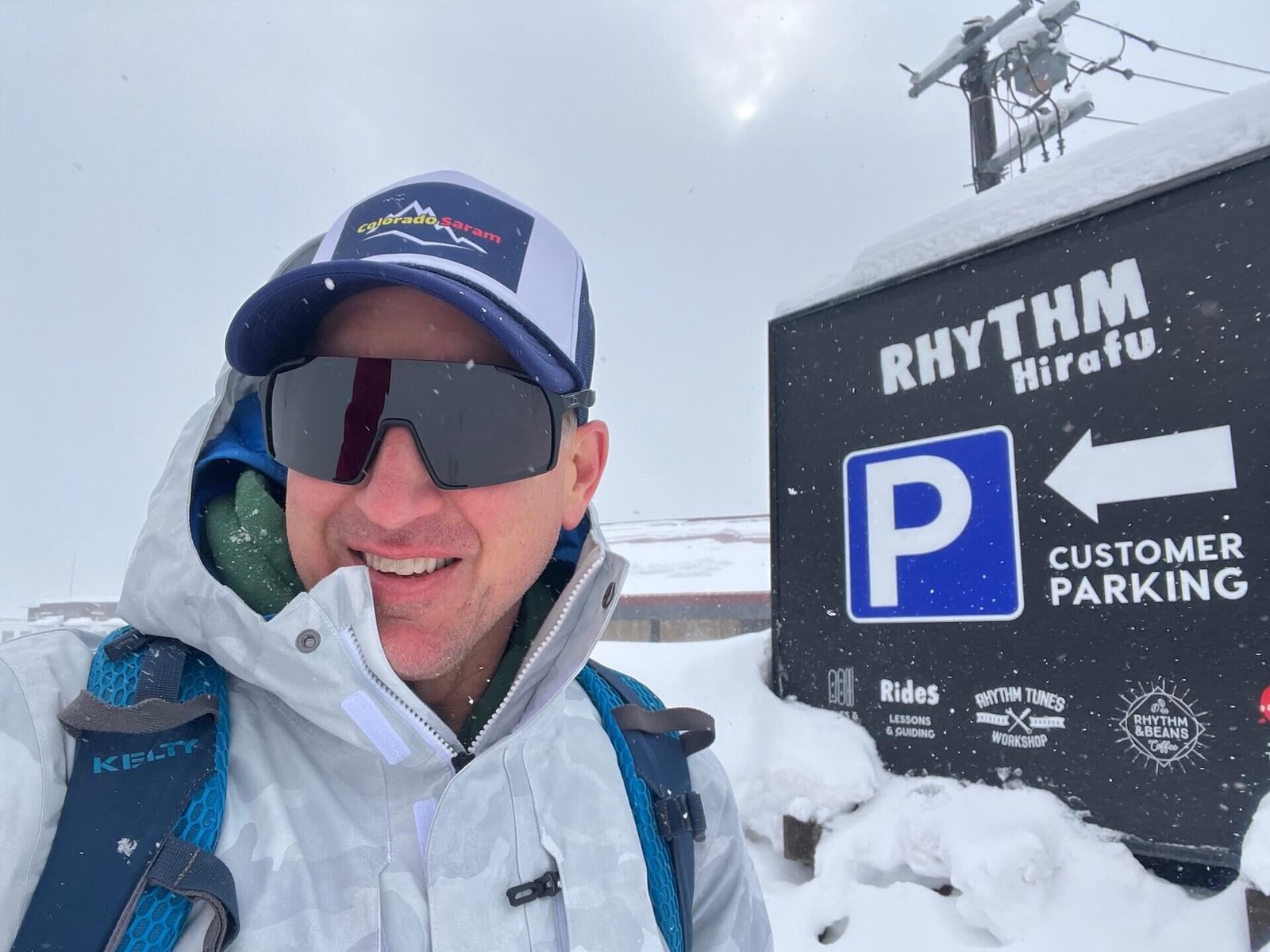
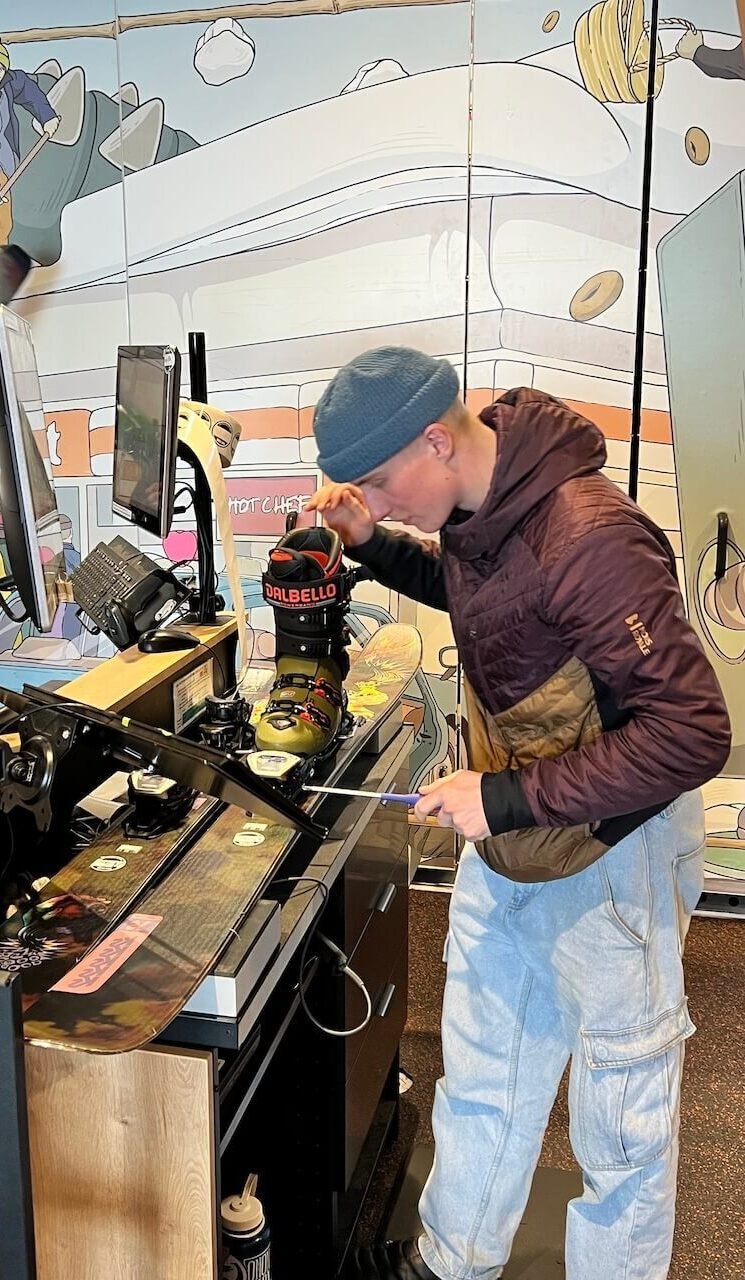
If you’re chasing Japow, I do recommend going with powder-specific skis — especially if you’re an experienced skier. Standard rentals can still handle soft snow, but wide, rocker-heavy boards like the Reckoners really shine when it gets deep.
That said, powder skis aren’t always the easiest to turn on groomers, so make sure you’re comfortable with them. Rhythm makes this easier with their unlimited gear swap policy, which lets you switch skis or snowboards based on conditions. If you’re renting from the Premium lineup, they’ll even re-wax your gear to match changing snow temps. Just keep in mind that specific models aren’t always guaranteed, depending on availability.
Note: Rhythm doesn’t have a Rusutsu drop-off location, so we returned our gear in Niseko before heading to Sapporo. Not a huge deal — and it gave us a good excuse to grab burgers at Patty Daddy on the way out of town (highly recommend).
🎫 Lift Passes: Ikon, Epic, and Online Options
My brother and I bought our lift passes directly through each resort’s online portal, which is what I recommend for most travelers. It’s cheaper than buying in person, and the process is simple — just purchase ahead of time and pick up your pass at the automated kiosk at the base of each resort.
If you have an Epic Pass, you’re in luck — Rusutsu is included as an Epic partner resort (check current limits and blackout dates). One of our group used his Epic Pass for both Rusutsu days with no issues.
The Ikon Pass also works at Niseko United, but access may be limited to 5–7 days depending on your pass type. Be sure to check your pass portal before booking anything.
📌 Heads-up for 2025/26: There’s talk of Japan introducing tiered pricing for attractions and lift tickets, possibly charging different rates for locals vs international visitors. I haven’t seen this implemented for lift passes yet, but it’s something to keep an eye on.
🚆 Klook Lift Pass + Transport Packages
If you’re not renting a car, Klook offers bundled lift pass + ski bus packages that are worth looking into — especially if you’re coming from Sapporo or CTS.
You can also browse all of Klook’s Hokkaido Transport Options here — includes lift pass bundles, JR rail passes, and airport transfers.
🗓️ Flexible 5–7 Day Hokkaido Ski Itinerary
Whether you’re flying in from overseas or already based in Asia, a 5–7 day ski trip to Hokkaido gives you enough time to chase powder, explore the region’s culture, and still walk away on two legs.
This isn’t a strict “Day 1 to Day 7” schedule — it’s a flexible framework based on my own trip. Use it as a planning guide, not a strict playbook.
🎥 Watch: Driving to Niseko in a Blizzard + Trip Highlights
Before diving into the full 5–7 day Hokkaido ski itinerary, here’s a quick video highlight reel from my own 2025 trip — including a white-knuckle drive to Niseko and plenty of Japow turns.
✈️ Arrival & Day 1: Touchdown + Easy Ski Laps
If your flight lands early enough, it’s totally possible to squeeze in a half-day on the mountain. But if you’re coming from overseas, you might want to spend your first night in Sapporo and head up to the resort the next morning. The drive from New Chitose Airport (CTS) to Niseko takes about 1 hour and 45 minutes, depending on weather and stops.
For our February 2025 trip, we all arrived separately at CTS and met up at the Air Terminal Hotel located right inside the terminal. It was an easy meetup after a long travel day. I flew in from South Korea, where I live, while my brother and his friend traveled from Denver. Staying at the airport let us skip city traffic and hit the road early the next morning.
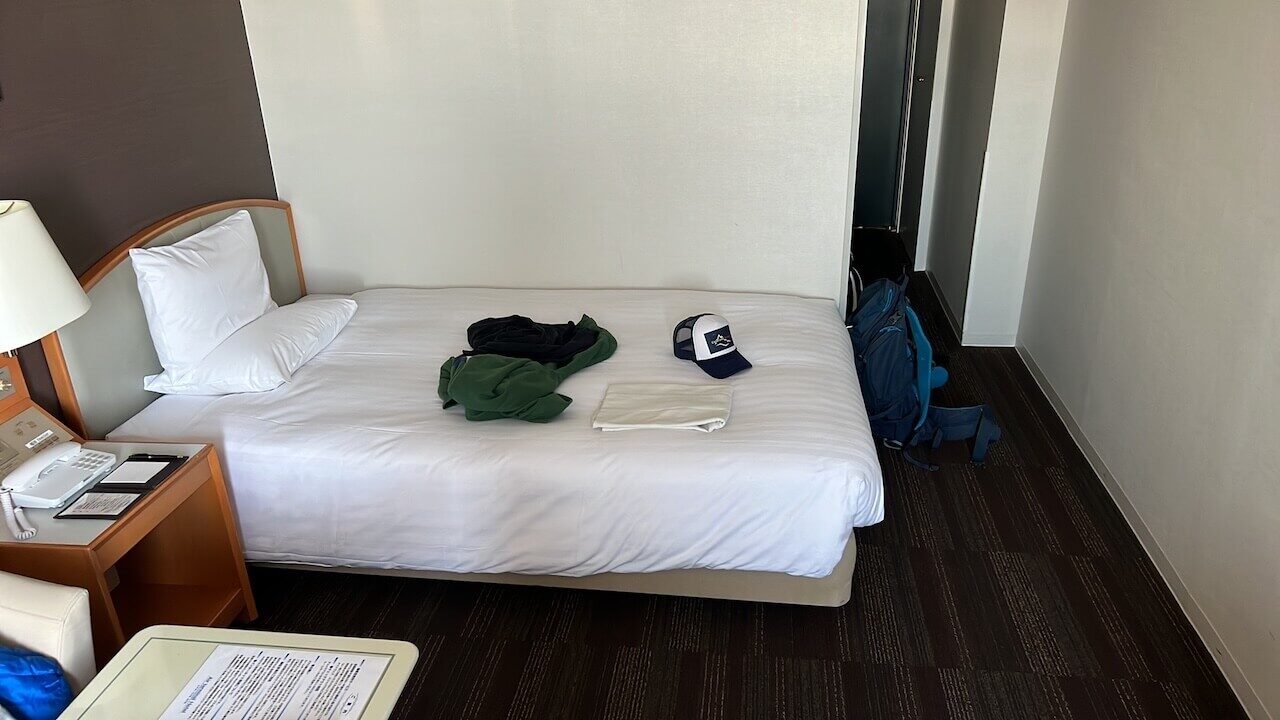
We arrived in Niseko around midday, just as I was getting the hang of driving through a Japanese blizzard on the opposite side of the road. While I picked up my ski rentals from Rhythm Japan at the base of Hirafu, my brother and his friend squeezed in a few warm-up laps. I joined them after their first run and a beer in the lodge.
Only Hirafu was open due to wind, but heavy snowfall made for a perfect intro to the Japow experience. Once we’d had our fill for the afternoon, we loaded up the car and drove to our AirBnB on the Annupuri side of town.
Pro Tip: If you’re skiing on arrival day, consider buying a shorter 5-hour lift pass. It’s available at both Niseko and Rusutsu and can save you a bit of cash if you’re not planning to ski a full day.
📍 Niseko United Trail Map
If you’re new to Niseko, here’s a look at the full mountain layout. Hirafu is the most developed base area, but Niseko United includes four connected resorts: Hirafu, Hanazono, Niseko Village, and Annapuri.
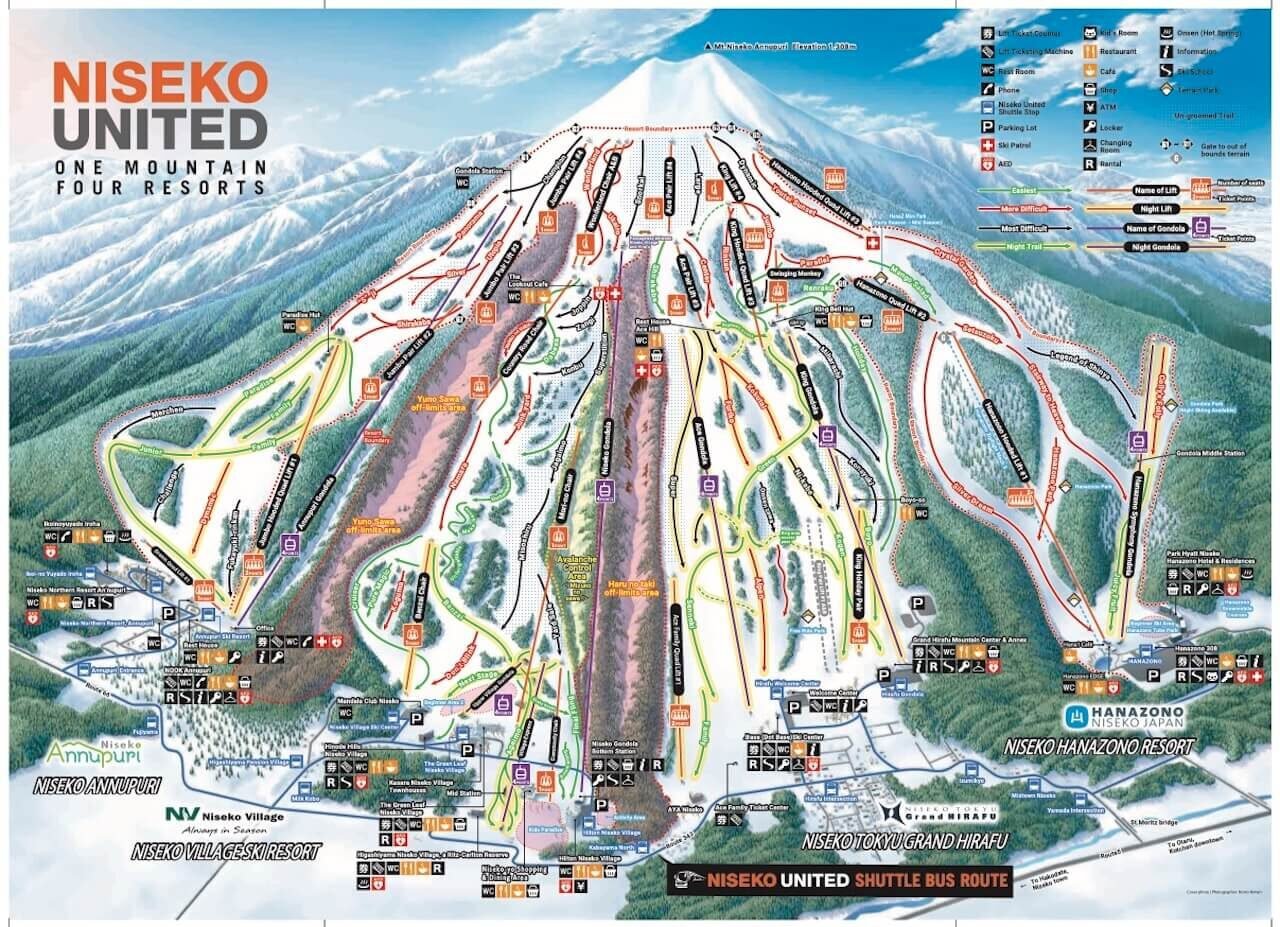
🎿 Days 2–6: Flex Days Based on Conditions
If you took my advice and rented a car, I recommend keeping your ski plans flexible for the bulk of your trip. Weather patterns can vary quite a bit between Niseko and Rusutsu, even though they’re only about 20 minutes apart. Use a weather app like Apple Weather or check Snow-Forecast.com for daily updates.
We ended up skiing three days at Niseko and two at Rusutsu. Each evening, we made tentative plans and then adjusted in the morning based on fresh snowfall, visibility, and which lifts were spinning. That kind of flexibility is one of the biggest advantages of having your own wheels.
Storm-Chasing Tip: Talk to locals. Ski techs, bartenders, or even your Airbnb host can be great resources. My contact at Rhythm Japan gave me a ton of real-time tips over WhatsApp. Absolute legend.
📍 Rusutsu Trail Map
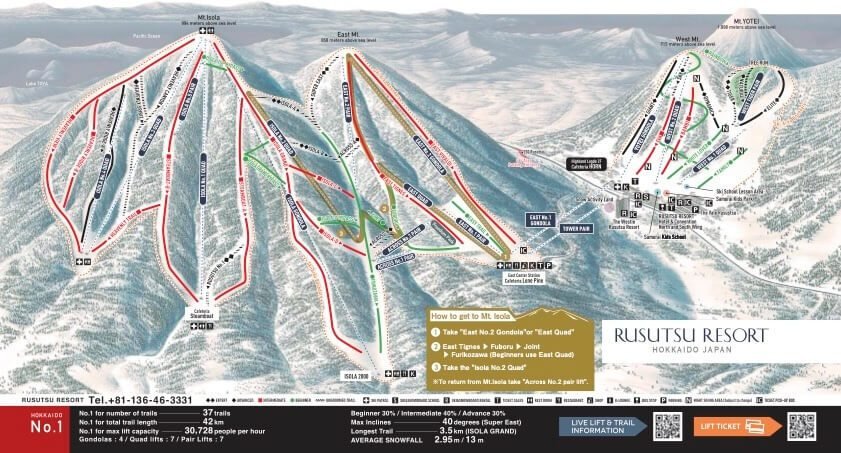
If you’re not familiar with Rusutsu’s layout, it’s worth taking a look at the trail map to get your bearings. The resort spans three mountains and has a unique mix of terrain and lift layout. You can view the Rusutsu Trail Map below to start planning your powder laps.
♨️ Soak, Rest, Repeat: Onsen Breaks in Niseko
If you’re skiing deep powder every day, your legs are going to feel it. Even if you’re in good shape, a mid-week rest day is a smart idea — whether to explore, relax, or give your gear a break.
On my first Niseko trip back in 2014, I spent one afternoon soaking in a local onsen. I don’t remember the name, but it was a simple public bathhouse right in town, popular with tourists and locals alike. After a few hard ski days, it was the perfect recovery stop (no pics though — everyone’s fully nude, which is the norm at Japanese onsens unless otherwise marked).
Whether you’re after something rustic or more upscale, there are plenty of good options in and around Niseko. Many hotel-based onsens welcome day visitors even if you’re not an overnight guest — just be sure to check the access terms when booking.
Here are a few well-regarded choices:
- Niseko Annupuri Onsen Yugokorotei – A local favorite on the Annupuri side with indoor and outdoor baths, this is a great mid-range option with traditional vibes. It’s not fancy, but it’s clean, quiet, and easy to access.
- Niseko Konbu Onsen Tsuruga Besso Moku No Sho – One of the most luxurious onsen hotels in the area, with a gorgeous modern-rustic design and multiple bath options. Worth considering for a splurge — or even just a premium day-use visit.
- Niseko Goshiki Onsen Ryokan – A bit more remote but very atmospheric, this onsen sits at a higher elevation and often gets even more snow. Great views and a cozy, old-school feel.
If you’re just looking for a simple, affordable public onsen without the resort trappings, Niseko Grand Hotel is another solid option that reportedly allows walk-ins and even offers a mixed-gender rotenburo (outdoor bath) — rare in Japan, and worth trying if you’re traveling as a couple or group.
🌃 Day 7: Wrap-Up and Sapporo City Time
Depending on your flight, you might still squeeze in a few morning laps before heading out. On our final day, we checked out of our AirBnB early, stopped at Rusutsu for a half-day session, and then hit the road.
After skiing, I drove my brother and his friend back to the Airport Terminal Hotel at CTS for their early morning flight. From there, I continued solo into Sapporo—farther than you’d expect, with the drive taking about an hour or more depending on traffic and weather.
I spent the night at the Susukino Granbell Hotel in the heart of Sapporo’s entertainment district. Susukino is a bright, busy area full of ramen shops, bars, and izakayas, and it makes for a fun night out—even solo. I grabbed dinner at a conveyor-belt sushi spot and wandered the neon-lit streets for one final dose of Japanese urban energy.
On a previous trip in 2014, I also visited the Sapporo Beer Museum and Beer Garden. You can grill Genghis Khan (lamb BBQ) at your table and enjoy fresh Sapporo Classic beer inside a beautiful red-brick building that used to be a sugar factory. It’s well worth a stop if you have time.
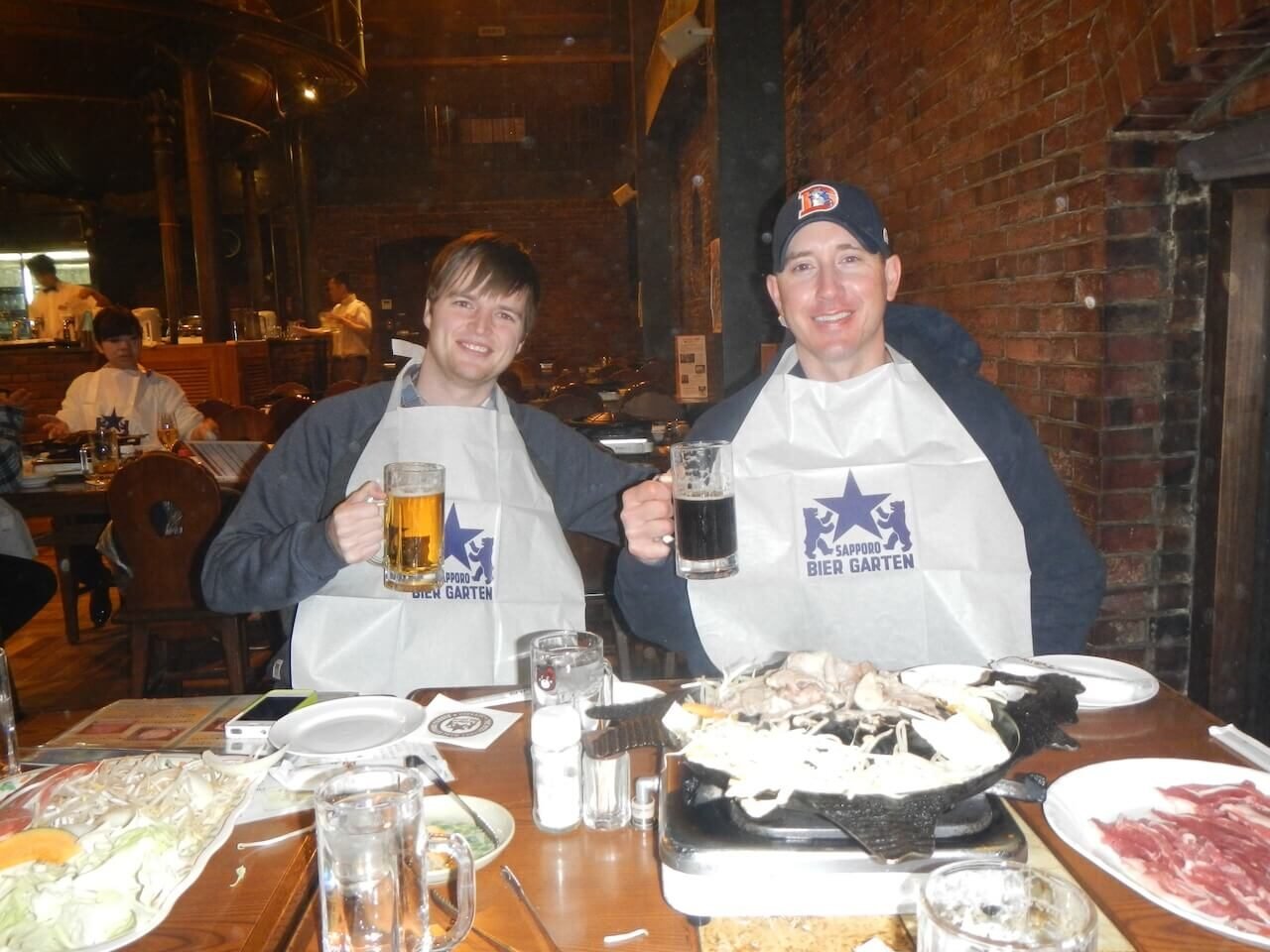
🍜 What to Know About Dining in Niseko
The biggest surprise for me in 2025? Just how hard it’s become to eat out without a reservation. Back in 2014, I could walk into almost any restaurant. This time around, nearly every place used TableCheck and required advance booking—some even asking for hefty deposits.
Having lived in South Korea for the better part of 20 years, I was caught off guard by the change. My Colorado travel partners weren’t so surprised and said it’s become standard at many ski resorts back home.
That said, we still found a few great spots. Rookies Kitchen, near our Airbnb, didn’t require a reservation and served solid shabu-shabu in a laid-back atmosphere. We also enjoyed Gate Zero, a craft brewpub at the base of Annupuri, run by a friendly, English-speaking local. Good food, good beers, and good vibes.
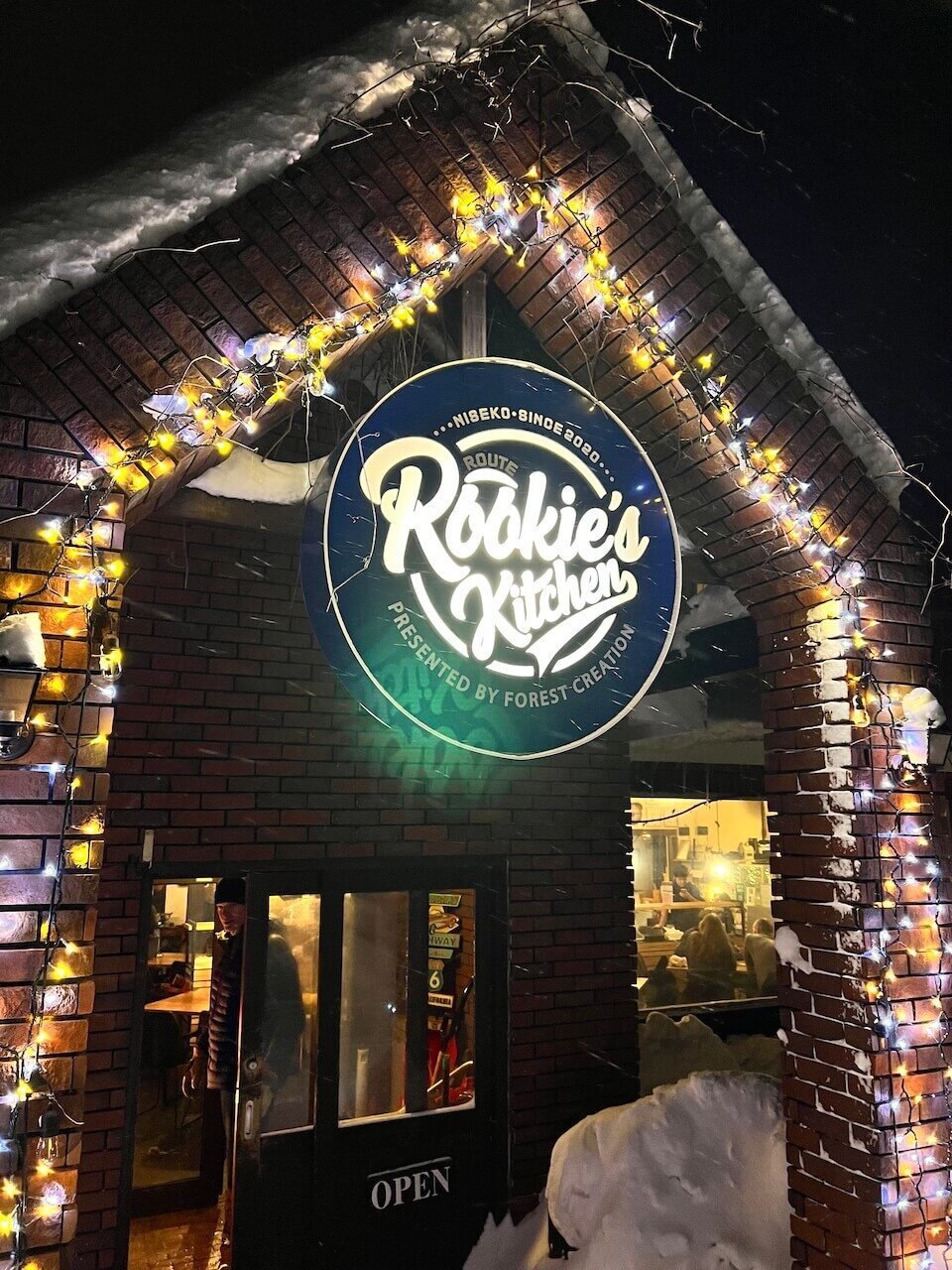
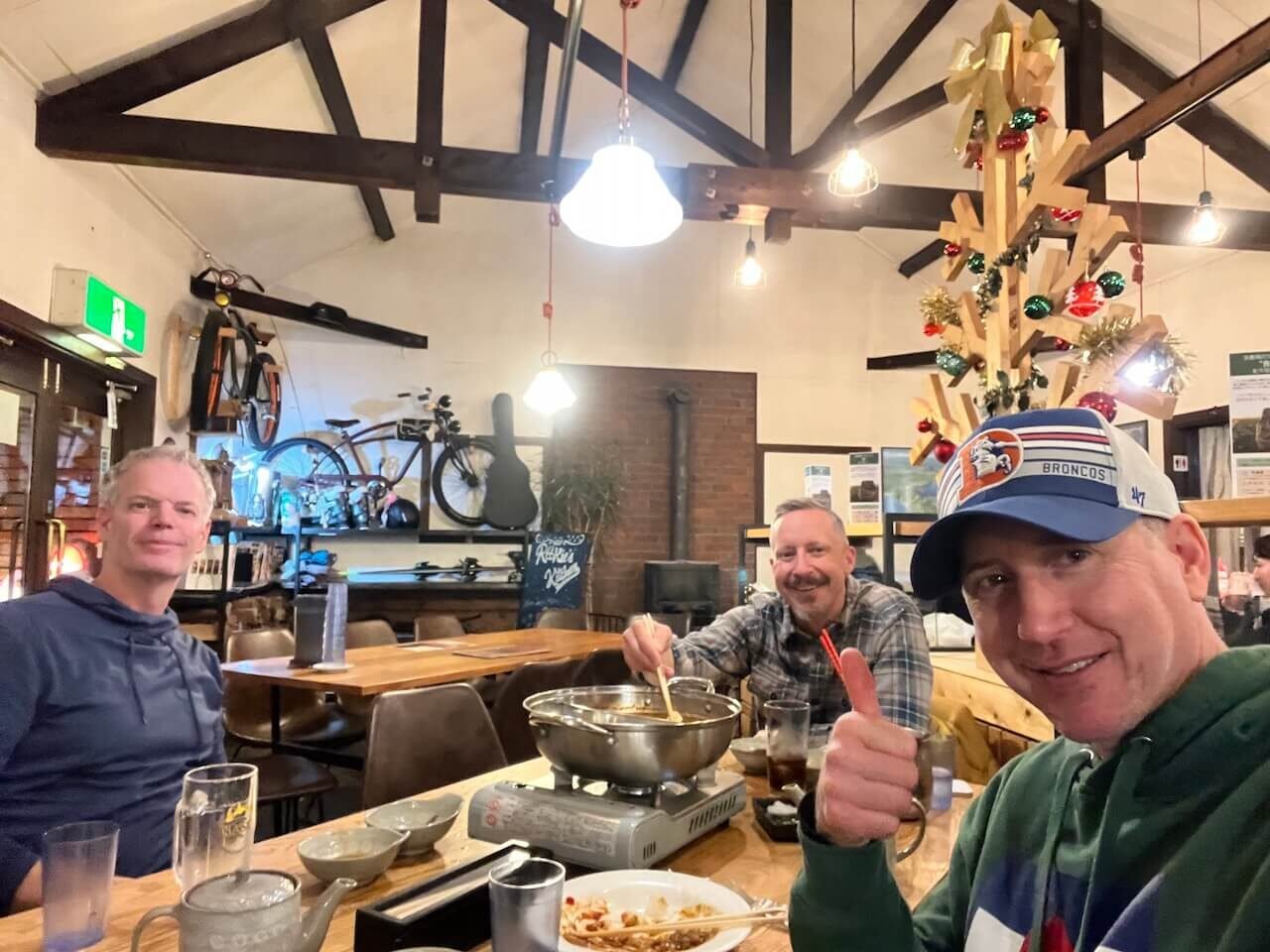
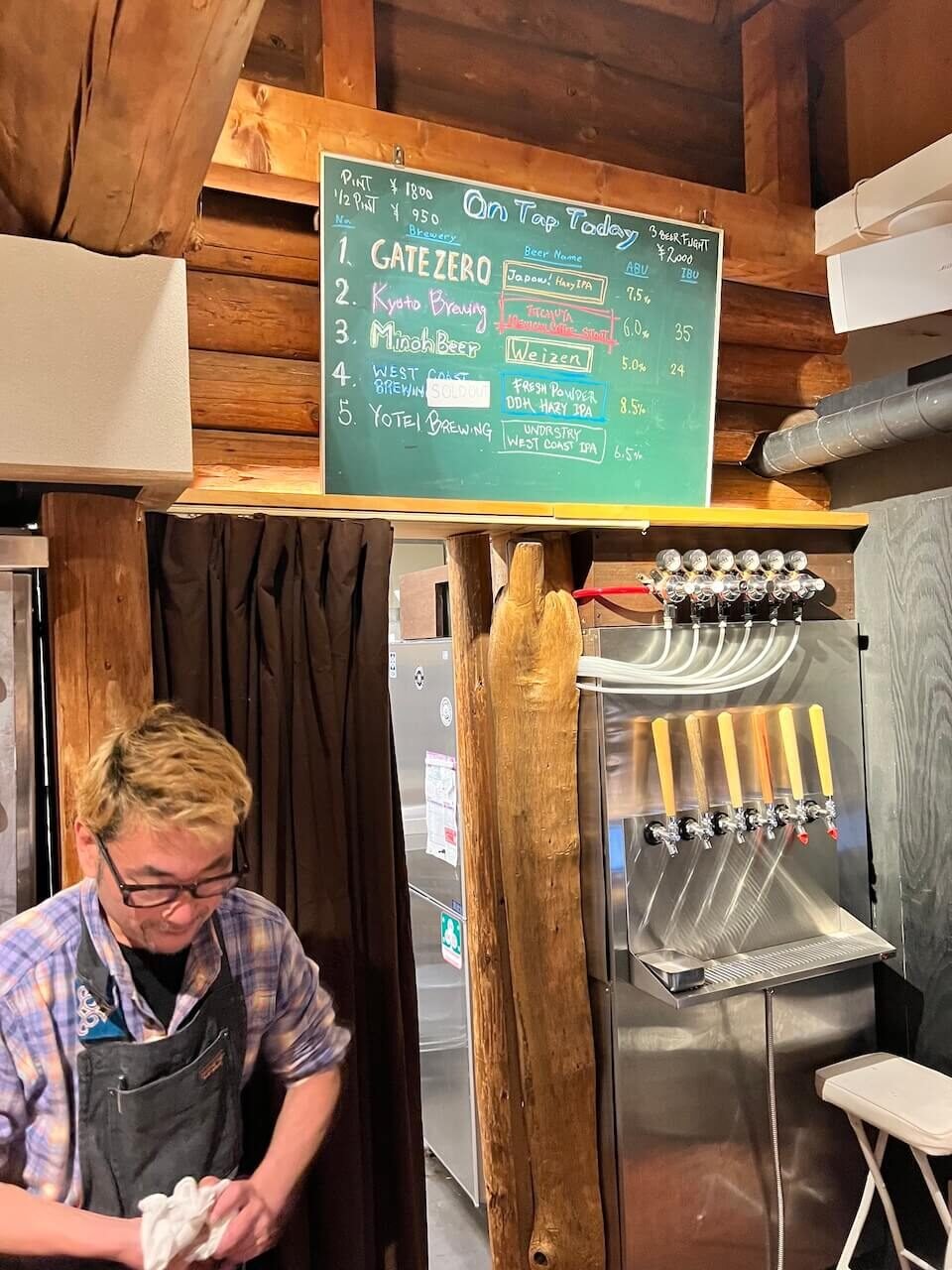
Food Tip: Try to book at least one or two dinners ahead of time, especially if you’re eyeing popular spots. If you can’t snag a table, don’t stress—on-mountain dining is still excellent, with authentic ramen, Japanese curry, and beer available at most base areas.
❄️ Non-Skiing Activities & Off-the-Slopes Fun
Even if skiing is your main reason for visiting Hokkaido, it’s worth considering a few off-the-mountain options — especially if you’re traveling with non-skiers, want to explore more of the region, or just need a break for your legs.
Niseko offers night skiing most evenings, and nearby winter activities can include snowmobiling, snowshoeing, or even soaking in a snow-covered onsen under the stars.
Looking for something guided? Tour availability can vary by season and weather, but platforms like Klook, Viator, and GetYourGuide often list excursions from Sapporo or broader Hokkaido-based tours. Worth a browse if you’re building in a rest day or extending your trip beyond the slopes.
🎒 Before You Go: Gear, Help & Extras
Before you wrap up your Hokkaido ski plans, here are a few extras that can make the trip even better. From Japow-inspired apparel to itinerary support and travel insurance tips, these are all things I personally recommend or use myself.
🇯🇵 Japow Apparel
During our trip, we were surprised by how hard it was to find high-quality souvenirs or ski-themed gear in Niseko or Rusutsu. So I designed my own.
You can browse my original Japow apparel line right here on the blog — inspired by the mountains and made for powder lovers:
👉 View the Japow Collection
🧭 Need Help Planning Your Trip?
Not sure where to base yourself, how to compare ski resorts, or what passes to book? I offer free one-on-one planning support to help independent travelers make the most of their trip — with advice rooted in 15+ years of living and traveling across Asia.
This isn’t a tour agency or packaged itinerary. It’s just me helping fellow powder chasers, backpackers, and adventure seekers figure out the logistics, sort through options, and get personalized suggestions based on real-world experience.
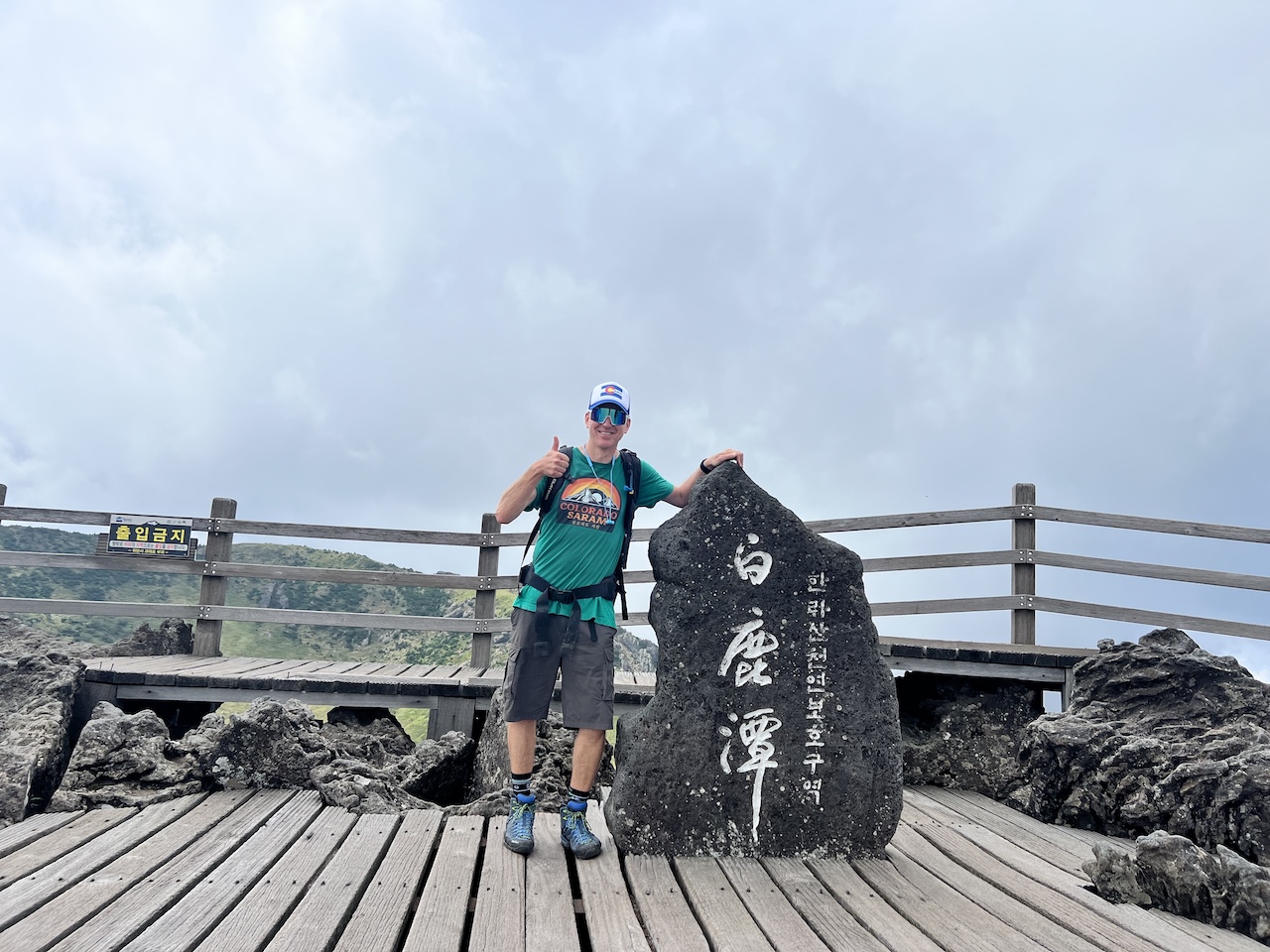
Whether you want to talk through a plan on Zoom or just ask a quick question by email, I’m happy to help.
👉 Request free travel planning support
🛡️ Travel Insurance Recommendation
For international ski trips, having travel insurance is just smart — especially if you’re skiing hard, renting gear, or traveling with electronics and valuables. I recommend SafetyWing, which offers flexible, affordable plans for skiers and travelers.
👉 Check SafetyWing coverage
❓ Hokkaido Ski Trip FAQ: What to Know Before You Go
How many days should I spend skiing in Hokkaido?
A 5–7 day trip is ideal for most travelers. It gives you time to explore multiple resorts like Niseko and Rusutsu, adjust plans based on snow conditions, and even take a rest day to visit an onsen or explore Sapporo. If you’re coming from overseas, this length strikes a good balance between skiing and recovery time.
Is Niseko or Rusutsu better for powder skiing?
Both resorts receive excellent snowfall, but Niseko is more famous internationally. Rusutsu tends to have fewer crowds and comparable powder, making it a favorite among storm chasers who want less tracked-out terrain. If you can, try to visit both — they’re only 20 minutes apart by car.
Do I need a rental car for skiing in Hokkaido?
A rental car gives you more flexibility to chase snow between resorts, especially if you’re planning to visit both Niseko and Rusutsu. However, if you’re sticking to one base and using shuttle buses or bundled lift+bus packages (like those offered by Klook), you can get by without one.
How expensive is it to ski in Hokkaido compared to the U.S. or Europe?
Skiing in Japan is generally more affordable than major resorts in the U.S. or Europe. Lift tickets, rentals, food, and even lodging tend to be cheaper — especially if you book early and avoid peak holidays like Chinese New Year.
Can I ski in Japan without speaking Japanese?
Yes. Resorts like Niseko and Rusutsu are well-equipped for English-speaking visitors. Signage, rental shops, and restaurants often have English options, and many staff speak at least basic English — especially in Niseko. Learning a few Japanese phrases is appreciated, but not essential.
Is travel insurance necessary for skiing in Japan?
It’s strongly recommended. Travel insurance can cover unexpected issues like trip delays, lost gear, or ski injuries. I personally recommend SafetyWing, which offers affordable plans that work well for international ski trips.

